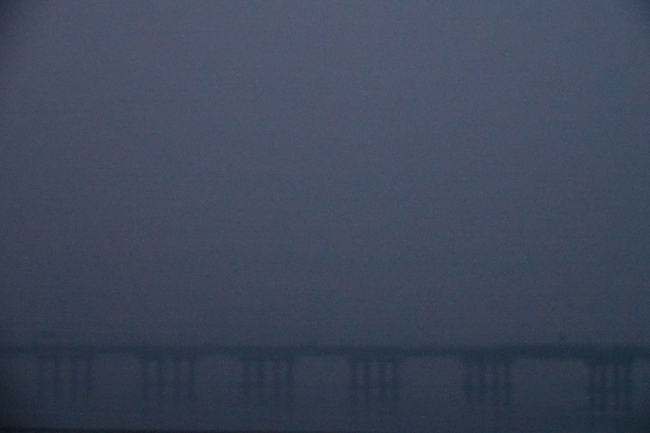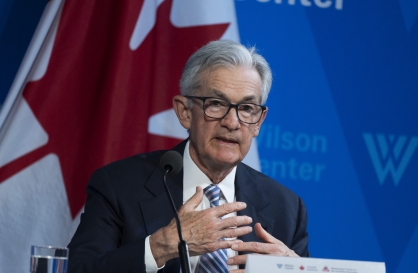Talks continue on ‘alternate no-driving day’ to fight dust
By Bak Se-hwanPublished : Jan. 18, 2018 - 17:21
Authorities’ move to adopt a mandatory “alternate no-driving day” policy on days when air quality is bad -- a measure aimed at reducing air pollutants -- is drawing mixed reviews. Under the scheme, half of all affected vehicles would be banned from roads depending on the last digit of the car‘s license plate, according to a Seoul metropolitan government official interviewed by The Korea Herald.

“Last year, Seoul introduced some extensive emergency measures to mitigate air pollution, including running a free transportation program and shutting down government building parking lots to reduce car use. We also aim to introduce mandatory anti-air pollution measures this year, such as the alternate no-driving day policy in the capital city in conjunction with the Ministry of Environment, as it would require a revision to the law,” said the official at the city’s environment department Thursday.
On Wednesday, the Ministry of Environment said in a press release that it was considering enforcing the no-driving day program both in public and private sectors to mitigate fine dust, adding that public consensus and new legal grounds are needed for the implementation of such a program.
Currently, the no-driving day program applies only to public servants and employees at state-run organizations. A bill is pending at the National Assembly that mandatorily restricts traffic volume in public and private sectors and enforces more fine dust reduction measures nationwide, including fines of up to 100,000 won ($93) on violators who drive their cars on designated off days.
Experts say the restriction of traffic volume is just a part of other larger air pollution issues that need to be addressed
“Domestic traffic volumes contribute to the increase in fine dust levels here, but the real issue is how to stop dust that comes from China,” said Kim Ki-hyun, a professor at Hanyang University’s Civil and Environmental Engineering Department.
The ministry estimates that over half of fine dust particles in the country came from abroad in 2016. Among domestic sources, traffic is reportedly responsible for about 37 percent of air pollution in the capital city.
By Bak Se-hwan (sh@heraldcorp.com)








![[Today’s K-pop] BTS pop-up event to come to Seoul](http://res.heraldm.com/phpwas/restmb_idxmake.php?idx=644&simg=/content/image/2024/04/17/20240417050734_0.jpg&u=)
![[Graphic News] More Koreans say they plan long-distance trips this year](http://res.heraldm.com/phpwas/restmb_idxmake.php?idx=644&simg=/content/image/2024/04/17/20240417050828_0.gif&u=)






![[KH Explains] Hyundai's full hybrid edge to pay off amid slow transition to pure EVs](http://res.heraldm.com/phpwas/restmb_idxmake.php?idx=652&simg=/content/image/2024/04/18/20240418050645_0.jpg&u=20240419100350)

